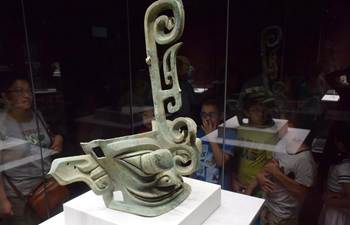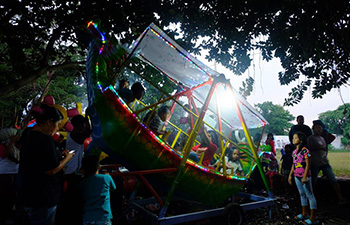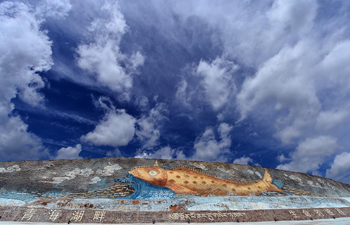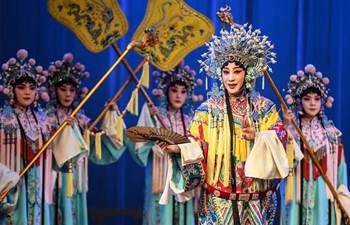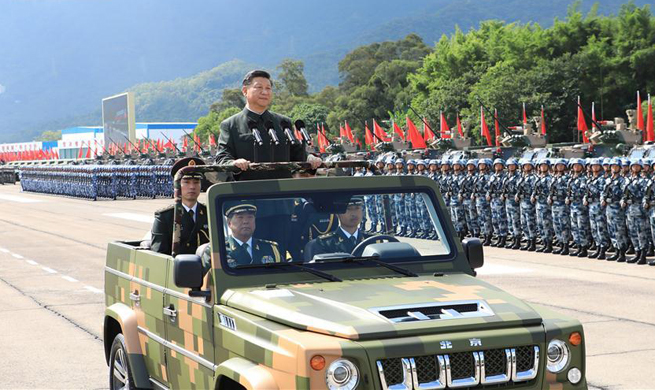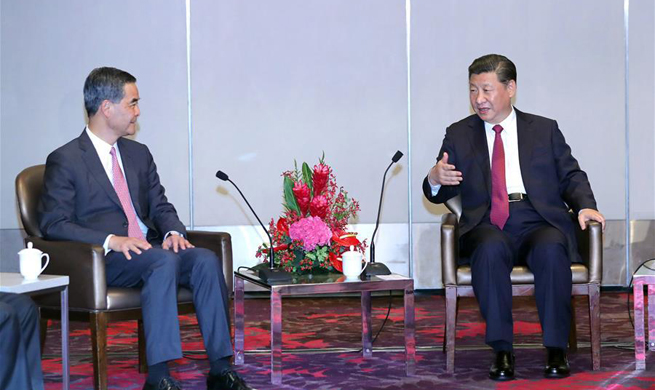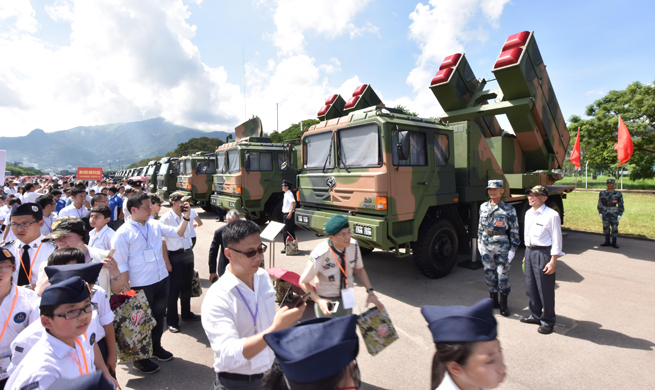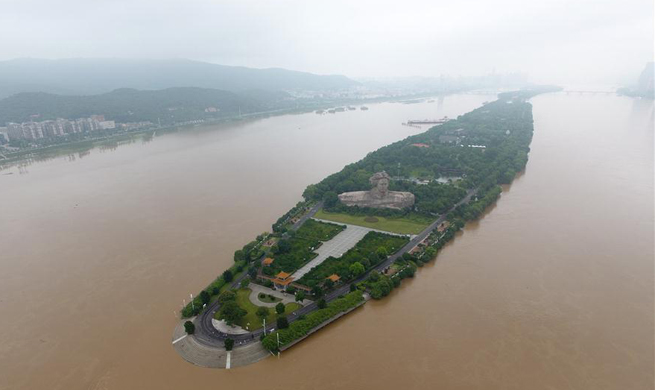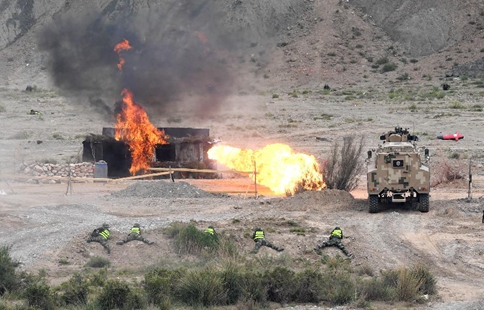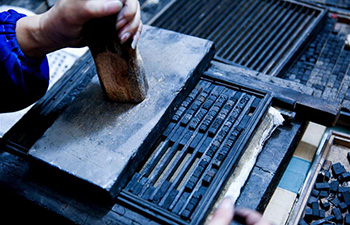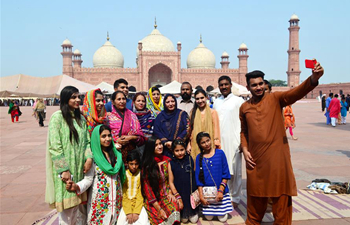CHONGQING, June 30 (Xinhua) -- When the Mongolian army swept across Central Asia and into Europe in 1259, it seemed that nobody could stop them from conquering the world, until unexpected news arrived from the east.
Supreme leader Mongke, the Great Khan, had died in a battle near modern-day Chongqing in southwest China. The news caused the army to panic and led to a feud between Mongke's brothers. It resulted in the overall military withdrawal that may have saved the European and Arab civilizations.
Fast-forward 700 years, and the site of Mongke's death, Diaoyu Fortress on a hill in Chongqing's Hechuan District, is in the running for UNESCO World Heritage Site listing.
Excavations since 2012 have discovered the defensive headquarters of a 4,600-strong Chinese army -- the last stand against the invading Mongolians.
"A powerful army led by Mongke advanced on the Song dynasty from the north into Sichuan, the strategic backyard of the then-Chinese empire. Resistance could only be organized in the mountains surrounding Chongqing," said Yuan Dongshan, head of Chongqing Cultural Heritage Research Institute, who is in charge of the excavation.
Archaeologists have excavated 20,000 square meters of the site and found government offices, garrisons, warehouses, and banquet halls. The architecture was designed for war, according to Yuan.
The Song (960-1279) was one of China's more culturally and economically developed dynasties, which saw the invention or popularity of the compass, gunpowder, paper and printing, and which subsequently spread to the rest of the world along the Silk Road.
Archeologists have also found artifacts from the Tang dynasty (618-907) when China was one of the strongest countries in the world.
According to Yuan, the war only slightly changed the course of history, but fundamentally altered the development of the East. If Mongke had not died, his brother Kublai may not have become the Great Khan who ruled China, established the Yuan Dynasty in 1271 and built Dadu in modern-day Beijing, accelerating the fusion of different cultures and ethnic groups within east Asia.
Back in Chongqing's Hechuan District a 12.5-meter Buddha statue, one of the largest in China, sits among thousands of Buddhist grottoes, proving communication existed between China and India more than 1,000 years ago.
During World War II Chongqing was the temporary capital and a base for allied forces in Far East Asia. The Japanese bombed Hechuan nine times, killing hundreds of civilians.
A total of 35 million Chinese soldiers and civilians were killed and wounded in the war against Japanese invasion from 1937 to 1945. Their sacrifice helped prevent millions of Japanese troops from pouring into the Pacific to attack the Americans.
Lu Bo of Hechuan committee of the Communist Party of China, said people now understand something of the city's history and its place in the world. Rather than threatening historical sites, the district's healthy economy has financed their protection.
It was Chongqing that bore the brunt of the chaotic Cultural Revolution. The local economy was destroyed as well as many antiquities, but the district, home to over 1.5 million people, is embracing new opportunities.
Ten years ago, Hechuan's primary industry was agriculture, a major center of pig breeding. It has now metamorphosed into a major industrial base, with automobile, medical, and information industries.
Teng Ran, vice president of Chongqing Hengxin Tianji Science and Technology, said the company has made products worth five billion yuan (735 million US dollars) since it opened in Hechuan early this year. Its main product is a device which is carried into remote areas by drone and provides information on forest fires and other natural disasters. They are also working communication technology based on quantum encryption algorithms, he said.
"Hechuan's CPC leadership understand the importance of development. The district has 10 vocational schools training 12,000 technicians every year," Teng said.
Hechuan's automobile and information industries will soon generate 100 billion yuan (14.7 billion US dollars) a year each.
"The change has been amazing. China was quite poor 30 years ago, but now it contributes 30 percent of world economic growth," said Zhang Yun of the Chinese Academy of Social Sciences.
The changes are no longer a consequence of war, but political successes which will surpass the feats of the Tang and Song dynasties and once again change the course of world history, he said.
Chongqing, the largest metropolis in west China is home to 30 million people and a focus of rejuvenation. The municipality has reported China's fastest economic growth for the past three years. More than 200 of the world's top 500 enterprises have branches in the city.
The first China-Europe freight train left Chongqing in 2011 and the railway has since been incorporated into the Belt and Road Initiative.
Last month, trains began rolling along Chongqing-Singapore railway line, which links China's hinterland with Southeast Asia.
Teng's company will soon move to a site near Hechuan railway station on the Chongqing-Europe rail line to make it easier to get their products to international markets.
The route the Mongolians advanced along hundreds of years ago now includes 60 percent of the world's population and generates 30 percent of the world's GDP, is being renewed by investment, trade, commerce, tourism and cultural activities.




